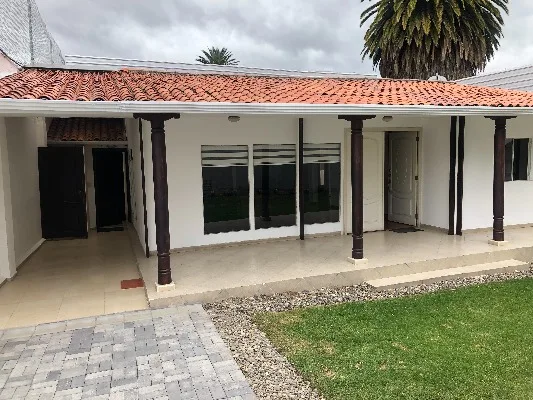Quito makes plans for possible Cotopaxi eruption; special committee considers such issues as infrastructure damage and disruption of the water supply
A newly formed Emergency Operations Committee is studying the effects of an eruption of the Cotopaxi volcano on the city of Quito and ways to deal with its aftermath.

Cotopaxi is about 30 miles south of Quito.
On Tuesday, the committee heard several scenarios of what could happen to Quito and the surrounding area in case of an eruption. “This is not intended to alarm people, since there is not an indication of an immediate eruption,” says Juan Zapata, director of Quito’s security services. “But we need to be prepared and to have a plan since the volcano has entered an active phase. Not to do this would be foolish,” he added.
Cotopaxi entered an active period in April and has shown heightened activity within the past week, including large clusters of small earthquakes and emissions of sulfur gas from the crater.
Volcanologist told the committee that Cotopaxi, which has erupted, on average, once every century in the last 2,000 years, has not had a major eruption since 1877. “It is overdue,” said Mario Ruiz of Ecuador’s Geophysical Institute, who warned that an eruption today could kill as many 200,000 people. “The eruption of 1877 happened at a time when nearby areas were sparsely populated, and that has changed,” he said.
Areas most vulnerable are Tumbaco, location of Quito’s new airport, and Los Chillos, rapidly growing suburban valleys east of the city.
Zapata said that a major concern is the water supply, most of which comes from ice melt from Cotopaxi glaciers, and from areas on the flanks of the mountain. “A city cannot exist without water so this needs to be a top priority,” he said.
Other priorities are maintaining infrastructure, particularly roads and electric service, as well as providing health services, and making sure radio and television channels are open for communication with the public.
Zapata and Ruiz said that it is difficult to determine the direct effects on Quito of an eruption similar to the 1877 event. “That depends on a number of factors, including wind direction,” said Ruiz. “In 1877, there was significant ash fall but Quito was a small community then so we would face a very different situation today.”
He added that the 1877 eruption was small by comparison with others in the last 2,000 years. “We cannot use that as the basis for all our planning,” Ruiz said. “A massive eruption would have direct affects on the city.”
Cotopaxi had minor eruptions in 1940 and 1942.















